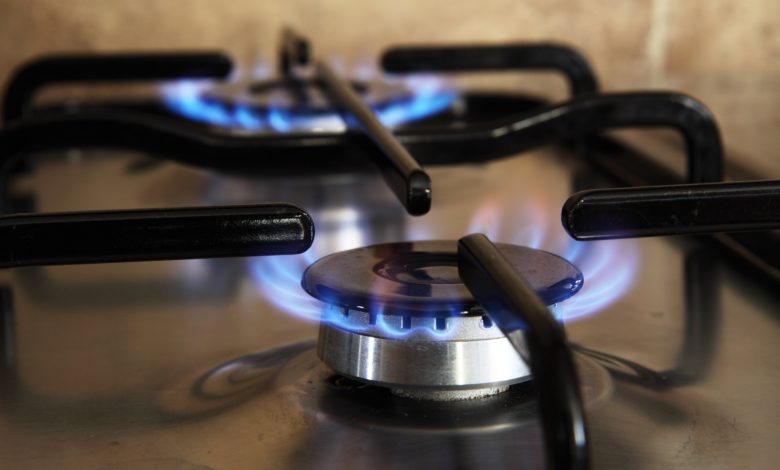Rising energy and food costs push inflation to 11.1%
The prices of low cost food items rose by 17% in the 12 months to September 2022 with the largest increases being for vegetable oil (65.2%), pasta (59.9%) and tea (46%).

Register to get 1 free article
Reveal the article below by registering for our email newsletter.
Want unlimited access? View Plans
Already have an account? Sign in
Inflation has risen to a 41-year high of 11.1% in October, according to data from the Office for National Statistics (ONS).
The inflation rate rose from 10.1% in September meaning it is now at its highest point since October 1981.
The ONS has attributed this rise to increasing energy and food prices which are putting the squeeze on all households. In October the energy price cap rose meaning that a typical household would pay around £2500 per year.
Food prices have been rising since the Russian invasion of Ukraine in February 2022 and the Business Insights and Conditions Survey found that 57% of food retailers reported that they had to pass on price rises to the consumer.
The CPIH rate of food and non-alcoholic beverages for last month was 16.4%, the highest rate since September 1977. Increased prices for bread and cereals, milk, cheese and eggs, and meat have contributed more to inflation for low-income households.
Meanwhile, the ONS revealed prices of low cost food items rose by 17% in the 12 months to September 2022 with the largest increases being for vegetable oil (65.2%), pasta (59.9%) and tea (46%).
There is also a divide in how low and high income households have been hit. Data from the Opinions and Lifestyle survey shows that households with less than £40,000 of personal income were more likely to spend less on food shopping and essentials.
Grant Fitzner, ONS chief economist, said:“Rising gas and electricity prices drove headline inflation to its highest level for over forty years, despite the Energy Price Guarantee. Over the past year, gas prices have climbed nearly 130% while electricity has risen by around 66%.
Fitzner added: “Increases across a range of food items also pushed up inflation. These were partially offset by motor fuels, where average petrol prices fell on the month, while the price for diesel rose taking the disparity in price between the two fuels to the highest on record. There was further evidence that costs facing businesses are rising more slowly, driven by crude oil and petroleum prices.”







